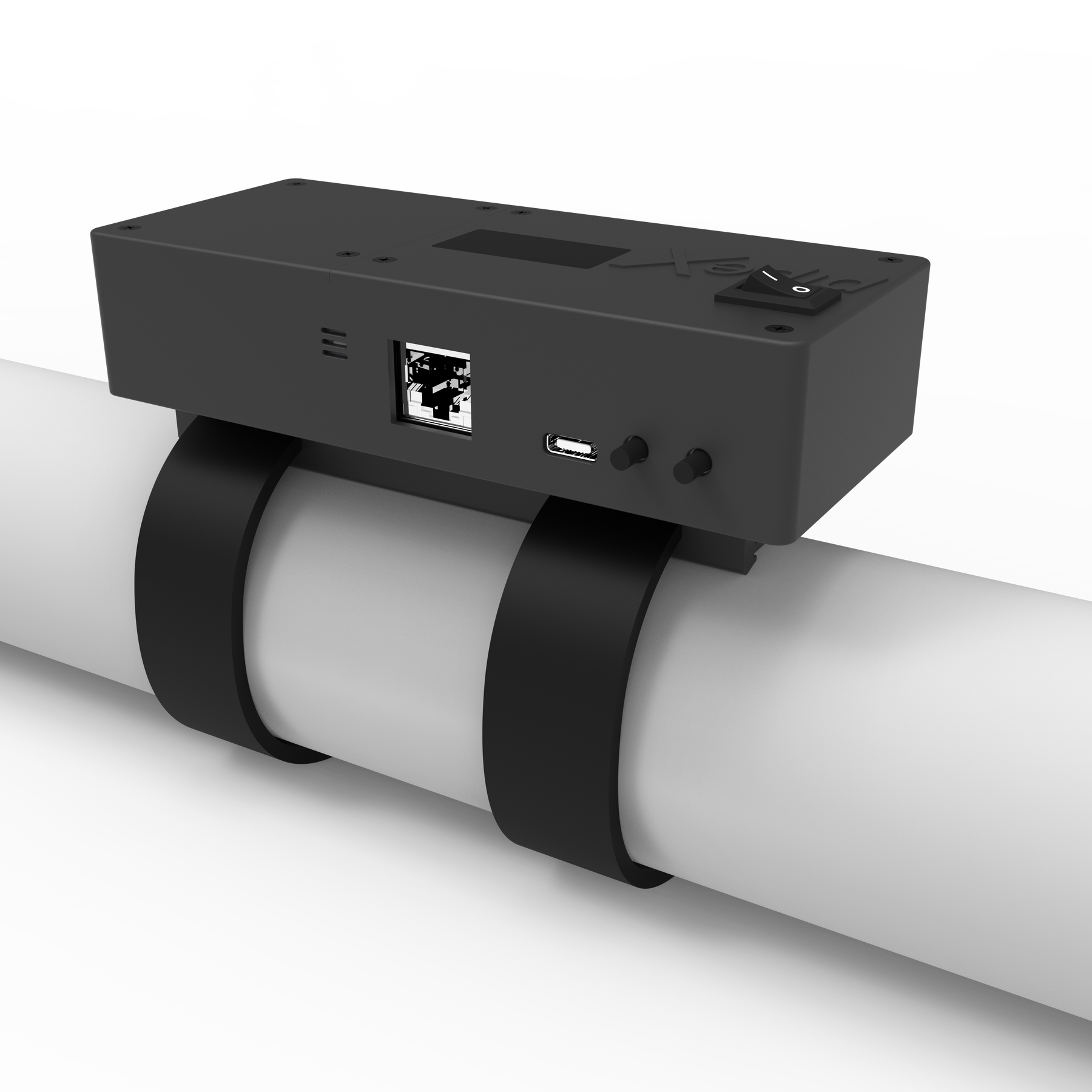Adjusting your toilet’s flush pressure can significantly improve its performance and save water. Whether you’re a homeowner or a real estate developer, knowing how to adjust toilet flush pressure may save you from unnecessary cost and trouble. This article will guide you through the steps to make this adjustment easily and efficiently, ensuring your bathroom remains in top-notch condition.

Why Adjust Toilet Flush Pressure?
A toilet with improper flush pressure can cause many issues, such as incomplete waste removal, frequent clogging, or unnecessary water wastage. Understanding how to adjust toilet flush pressure provides several benefits:
- Improved toilet performance
- Enhanced water conservation
- Prevention of clogs and plumbing issues

Understanding How the Toilet Flush System Works
Before you can adjust your toilet flush pressure, you must first understand how the flush system works. Most modern toilets either use a gravity flush system, pressure-assisted system, or dual flush system. Knowing which type you have will help you determine the best way to adjust its flush pressure.
Gravity Flush System
This is the most common type of flush system, where water from the tank flows down by gravity to flush waste. Adjustments here typically revolve around adjusting the water level in the tank.
Pressure-Assisted System
This system uses compressed air to boost flush pressure. Adjustments may involve checking and calibrating the pressure tank inside the toilet.
Dual Flush System
This system provides two flushing options a half flush for liquid waste and a full flush for solid waste. Adjustments could include calibrating both settings to balance performance and water efficiency.

Tools Needed for Adjusting Toilet Flush Pressure
Before starting, gather the following tools to make the adjustment process smooth and efficient:
- Adjustable wrench
- Screwdriver
- Toilet tank parts (flapper, fill valve, etc.)
- Bucket or container
- Gloves
Step-by-Step Guide to Adjusting Gravity Flush Toilet
Step 1: Turn Off Water Supply
Turn off the water supply to the toilet by shutting the valve located behind it.
Step 2: Drain the Tank
Flush the toilet to drain water from the tank. Use a sponge or a towel to absorb the remaining water.
Step 3: Adjust Water Level
Locate the water level adjustment mechanism, usually a float or an adjustable screw. Adjust it by turning the screw clockwise to lower the water level or counterclockwise to raise it.
Step 4: Check Flapper Chain
Ensure the flapper chain has a little slack but not too much. This can be adjusted by re-attaching it at different points or slightly shortening/lengthening it as needed.
Step 5: Refill the Tank
Turn on the water supply and allow the tank to refill. Test the flush by pressing the flush lever and observe whether the flush pressure has improved.
Adjusting Pressure-Assisted Toilets
Step 1: Turn Off Water Supply
Like with gravity flush toilets, start by turning off the water supply.
Step 2: Release Pressure
Flush the toilet to release any stored pressure in the tank.
Step 3: Inspect the Pressure Tank
Check the pressure tank for damage or malfunction. Often, cleaning or minor repairs will restore optimal flush pressure.
Step 4: Adjust the Pressure Regulator
If the pressure tank is adjustable, modify the settings as needed. This could involve turning a control screw or knob.
Step 5: Refill and Test
Turn the water supply back on, allow the tank to fill, and test the flush.
Adjusting Dual Flush Toilets
Identifying the Mechanism
Dual flush toilets are more complex, with separate settings for liquid and solid waste. Knowing how to adjust both can help.
Step 1: Adjusting Half Flush
Modify the water level for the half flush setting by adjusting the corresponding float or valve mechanism.
Step 2: Adjusting Full Flush
For the full flush, make similar adjustments but typically in a different section of the tank.
Testing the Flushes
After making adjustments, test both flushes to ensure they perform as expected.
Common Issues and Troubleshooting Tips
Weak Flush
If the flush pressure remains weak, check for clogs, mineral buildup, or faulty tank parts that might need replacement.
Excessive Flush
If the flush seems too powerful, it may be wasting water. Adjust the water level or pressure settings to optimize.
Strange Noises
Odd noises during or after flushing might indicate issues with the fill valve or pressure tank. Inspect and replace necessary parts.
Maintaining Optimal Flush Pressure
Regular maintenance ensures your toilet remains efficient. Periodically check for leaks, clean parts, and adjust settings as needed.
Consulting a Professional
In cases where DIY methods don’t suffice, consulting a professional plumber might be the best option to ensure your toilet functions properly.
FAQs About Adjusting Toilet Flush Pressure
Q: Can I adjust my toilet’s flush pressure myself?
A: Yes, with the right tools and instructions, most homeowners can adjust their toilet flush pressure themselves.
Q: How often should I adjust my toilet flush pressure?
A: It’s generally not necessary to frequently adjust the flush pressure. Once set, it typically remains stable unless parts wear out or water conditions change significantly.
Q: What if adjusting the flush pressure doesn’t solve my toilet issues?
A: If adjustments don’t resolve the issue, there might be a more serious underlying problem, and consulting a professional plumber is advised.
Conclusion
Knowing how to adjust toilet flush pressure can save you time, money, and water. Whether you have a gravity flush, pressure-assisted, or dual flush system, the right adjustments can make a world of difference. For more tips on maintaining and improving your home, visit our blog on [Green Construction Best Practices](https://brucemasseyconstruction.com/best-practices-in-green-construction-for-a-sustainable-future/) and discover [Innovative Uses of Recycled Building Materials](https://brucemasseyconstruction.com/innovative-uses-of-recycled-building-materials/). Happy home improving!
For additional tips on managing bathroom fixtures, check out this bathroom hygiene guide on HuffPost.
As an Amazon Associate, I earn from qualifying purchases.




